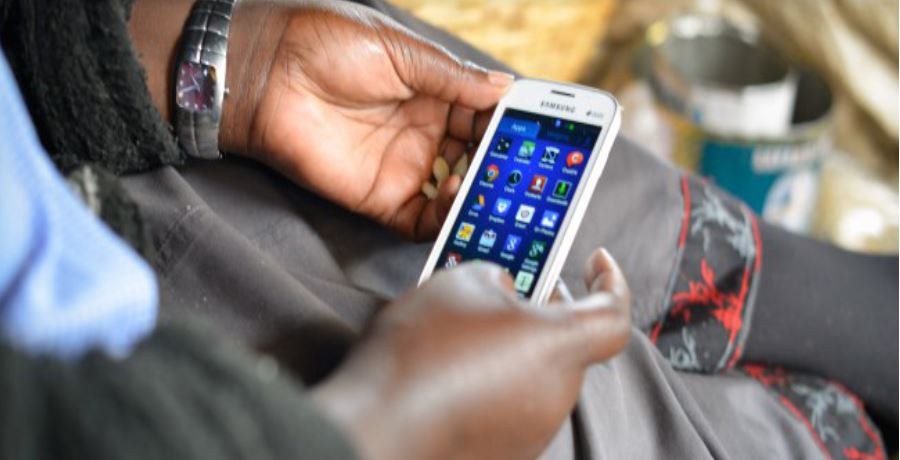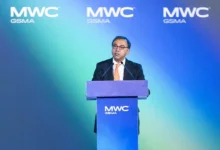
The mobile industry continues to play a crucial enabling role in advancing the UN Sustainable Development Goals (SDGs), but strong headwinds are limiting the pace of development.
This is according to the Global System for Mobile Communications Association (GSMA) annual report into the industry’s progress against the SDGs.
The 2024 Mobile Industry Impact Report: Sustainable Development Goals shows that the industry has achieved 58% of its potential contribution to the 17 SDGs, up from 31% in 2015 but still with much work to do ahead of the 2030 deadline.
While more people are connecting to the internet via mobile than ever before, GSMA noted in a statement that growth is slowing.
The report indicates that in 2023, 160 million new users accessed mobile internet, matching 2022’s increase but falling short of the higher gains seen between 2015 and 2021.
In a presser, GSMA noted that getting more people online is crucial for achieving the SDGs and ensuring inclusivity in the digital age, directly supporting SDG 9 (Industry, Innovation and Infrastructure).
“This growth challenge is set against the backdrop that SDG progress more generally is slowing in the face of challenging global headwinds such as conflict and economic instability,” GSMA said.
“Overall, nearly half of the SDGs currently show minimal or moderate progress, and over a third of targets are regressing.
The report further indicated that by the end of 2023, 520 million people subscribed to mobile services in Sub-Saharan Africa, representing 44% of the population; an increase of 190 million since 2015.
Moreover, during the same period, the number of mobile internet subscribers in Sub-Saharan Africa nearly tripled, rising from 110 million to 320 million people.
“This highlights how mobile represents a growing platform to accelerate Sub-Saharan Africa’s progress on the SDGs and to drive socioeconomic advancement in areas such as healthcare, education, digital commerce, industrial automation and smart city infrastructure,” the report read in part.
“This is evidenced by the continued uptake of mobile money, which reached 835 million registered accounts in the region in 2023 (a year-on-year increase of 19%).”
GSMA DG Mats Granryd said the UN SDGs are at a critical juncture, confronting a complex web of global crises, from climate change to conflict.
However, he added that we should not allow these powerful headwinds to limit our ambition to drive change.
“The mobile industry is uniquely positioned to drive acceleration, with transformative technologies making contributions to almost all the SDGs.” Granryd said.
“Our passion and technology continue to make a huge difference to communities worldwide as the primary gateway to the internet for billions, uplifting them and allowing them to maximise their potential in a digital world.”
Digital connectivity essential for hitting targets
To address this, GSMA noted that the UN has outlined six investment pathways, including digital connectivity, which is crucial for enabling the sustainable and innovative solutions needed to achieve the SDGs.
The potential impact of digital connectivity is vast, the organisation added, where a 10% increase in mobile broadband penetration can increase GDP by 1-2.5%, as well as reduce poverty and improve well-being.
Since 2015, statistics from the report show that mobile operators invested $1.6 trillion in deploying 4G and 5G infrastructure which resulted in an additional 5.1 billion 4G and 1.6 billion 5G connections.
This has improved download speeds and access to educational content, financial services, and health information.
“The transition of 4G and 5G has driven significant improvements in average mobile download speeds, which have increased nearly threefold in the last five years. This enables users to access bandwidth-heavy applications, such as requiring video calling or streaming, which are essential to many telehealth and digital education platforms,” the report said.
It further indicated that improvements in average mobile upload speeds have been steadier, rising from 7 Mbps to 11 Mbps between 2019 and 2023.
“As part of this mission, the UN’s Common Agenda has also called for a Global Digital Compact focusing on closing the digital divide, ensuring safe online spaces, and governing AI for humanity,” GSMA said.
Mobile driving significant direct impact
The role of digital technologies in advancing the SDGs, GSMA said, is shown by the strides the mobile industry has already made towards them.
According to the report, mobile technologies have advanced SDG 1 (No Poverty), reaching 2.1 billion of the world’s poorest, with nearly half now connected to mobile internet; a 770 million increase since 2015.
“Mobile serves as a platform for users to access government services, job searches and obtain information about products and services, all of which help people to get out of poverty when used correctly,” the organisation said.
The industry also impacted SDG 2 (Zero Hunger) by supporting improvements to agricultural practices, nutritional knowledge and household food security, aided by rising rural mobile penetration.
Additionally, the report shows that SDGs 4 (Quality Education), 6 (Clean Water and Sanitation), and 7 (Affordable and Clean Energy) are boosted by the industry, with growing mobile usage enhancing a range of improved outcomes in areas including agricultural information and essential services.
Further, the mobile industry has made the most significant contribution to SDG 9 (Industry, Innovation and Infrastructure) by expanding network coverage and internet access.
This in turn, GSMA added, drives mobile-enabled services, enhancing the industry’s impact on SDG 1 and SDG 8 (Decent Work and Economic Growth) by unlocking services such as mobile banking and mobile money, creating employment opportunities, and raising productivity.
However, it is worth noting that 3 billion people worldwide remain unconnected from mobile internet services despite living in areas covered by mobile networks.
The report highlighted that while more people than ever before are connecting to the internet via mobile, the rate of growth has continued to slow.
In 2023, the study shows that an additional 160 million people started using mobile internet on their devices, which is similar to the increase in 2022 but less than the additional number of people using mobile internet each year between 2015 and 2021.
“There was a marginal 1 percentage-point reduction in the coverage gap, with 96% of the global population now living within the footprint of a mobile broadband network,” the report said.
Consequently, the vast majority of those not connected continue to live in areas with mobile broadband coverage but face other barriers to adoption.
GSMA research indicates that barriers related to affordability (particularly of internet-enabled handsets), as well as a lack of literacy and digital skills, are most often reported and ranked as top contributors to the usage gap.
Relevance, safety and security, the study highlighted, are reported less often but are still significant barriers to mobile internet adoption.
However, the report noted that operators and their partners have implemented several initiatives to address the usage gap.
This includes offering financing options to make smartphones more accessible for a wider range of consumers, promoting digital skills and education, introducing relevant content and services, and educating parents and children on the risks associated with spending time online.
Additionally, the report highlighted that the mobile sector is making significant investments in AI, which shows enormous promise in allowing operators to optimise networks and reduce emissions while advancing SDG impacts.
The industry has united behind the responsible use of AI, promoted by GSMA’s roadmap to help Mobile Network Operators (MNOs) to adopt and evolve ethical and sustainable approaches to the technology.
Follow us on Telegram, Twitter, and Facebook, or subscribe to our weekly newsletter to ensure you don’t miss out on any future updates. Send tips to editorial@techtrendsmedia.co.ke


